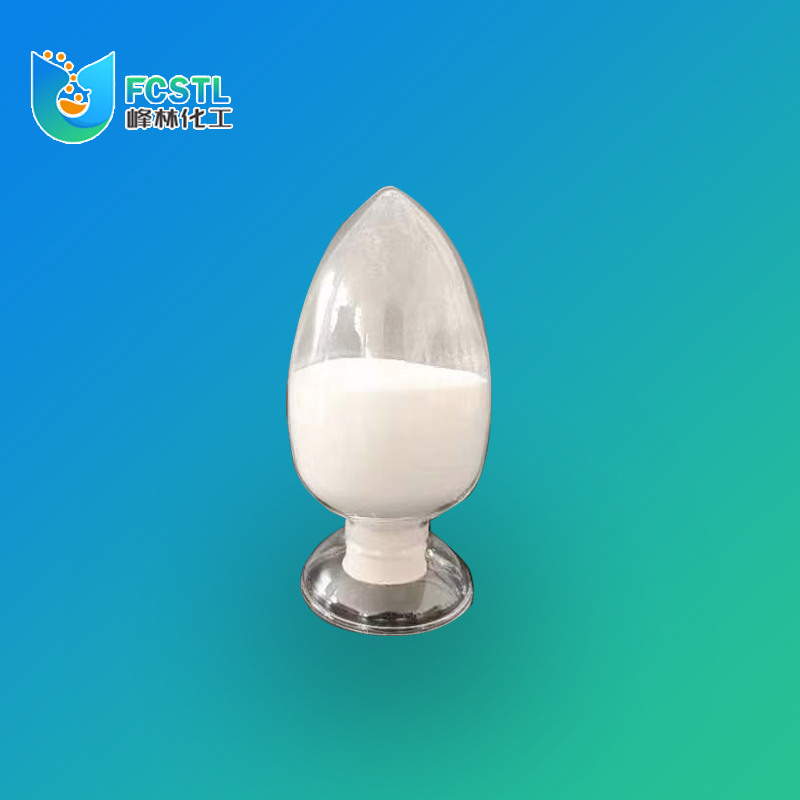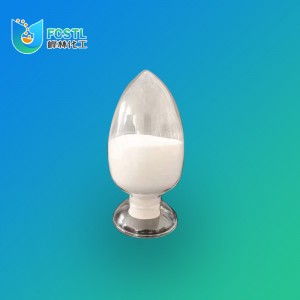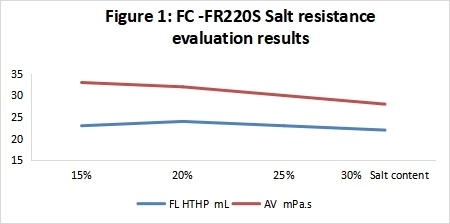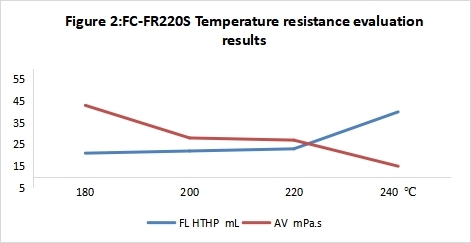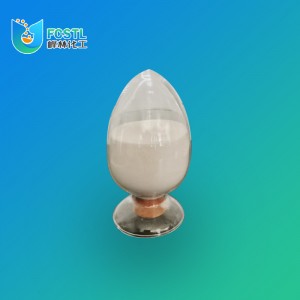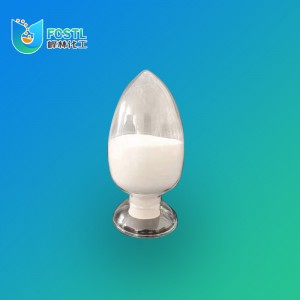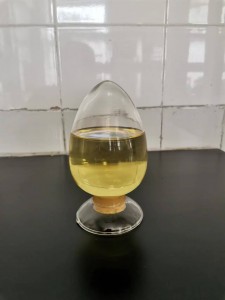FC-FR220S Fluid loss Control additives
The fluid loss control sulphonate copolymer (drilling fluid) FC-FR220S adopts the concept of molecular structure design to improve the rigidity of the copolymer molecule. The introduced monomer repeating unit has a large space volume, which can effectively increase the steric hindrance and improve the effect of the product on controlling HTHP fluid loss; At the same time, its ability to resist temperature and salt calcium is further enhanced through the optimization of temperature and salt tolerant monomers. This product overcomes the shortcomings of conventional polymer fluid loss control, such as poor shear resistance, poor salt calcium resistance, and unsatisfactory effect of controlling HTHP fluid loss. It is a new polymer fluid loss control.
|
Item |
Index |
Measured data |
|
|
Appearance |
White or yellowish powder |
White powder |
|
|
Water, % |
≤10.0 |
8.0 |
|
|
Sieve residue (sieve pore 0.90mm), % |
≤10.0 |
1.5 |
|
|
pH value |
7.0~9.0 |
8 |
|
| 30% saline slurry after aging at 200℃/16h. |
API fluid loss, mL |
≤5.0 |
2.2 |
|
HTHP fluid loss, mL |
≤20.0 |
13.0 |
|
1. FC-FR220S has strong salt resistance. Through indoor experiments, adjust the salt content of the drilling fluid system used for evaluation to investigate the salt resistance of FC-FR220S product after aging at 200 ℃ in the base mud with different salt content. The experimental results are shown in Figure 1:
Remark: Composition of base slurry for evaluation: 6% w/v sodium soil+4% w/v evaluation soil+1.5% v/v alkali solution (40% concentration);
HTHP fluid loss shall be tested at 150℃ at 3.5MPa.
It can be seen from the experimental results in Figure 1 that FC-FR220S has excellent performance in controlling HTHP fluid loss under different salt contents, and has stable performance and excellent salt resistance.
2. FC-FR220S has excellent thermal stability. The indoor experiment is conducted to investigate the temperature resistance limit of FC-FR220S product in 30% brine slurry by gradually increasing the aging temperature of FC-FR220S. The experimental results are shown in Figure 2:
Remark: HTHP fluid loss is tested at 150 ℃ and 3.5MPa.
It can be seen from the experimental results in Figure 2 that FC-FR220S still has a good role in controlling HTHP fluid loss at 220℃ with the increase of temperature, and has excellent temperature resistance and can be used for deep well and ultra deep well drilling. The experimental data also shows that FC-FR220S has the risk of high temperature desorption at 240℃, so it is not recommended to use it at this temperature or higher.
3. FC-FR220S has good compatibility. The performance of FC-FR220S after aging at 200℃ in sea water, compound brine and saturated brine drilling fluid systems is investigated through laboratory experiments. The experimental results are shown in Table 2:
Table 2 Performance Evaluation Results of FC-FR220S in Different Drilling Fluid Systems
|
Item |
AV mPa.s |
FL API ml |
FL HTHP ml |
Remark |
|
Sea water drilling fluid |
59 |
4.0 |
12.4 |
|
|
Compound brine drilling fluid |
38 |
4.8 |
24 |
|
|
Saturated brine drilling fluid |
28 |
3.8 |
22 |
It can be seen from the experimental results in Table 2 that FC-FR220S has good compatibility and is an excellent fluid loss control for controlling HTHP fluid loss of drilling fluid systems such as sea water, compound brine and saturated brine, etc.


